Secrets Beneath Jordan’s Soil Lost Christian Town Found
A lost Christian town found, named Tharais in Jordan. The discovery reveals sacred secrets and ancient economic life after 1,400 years.
What’s the story
A team led by Dr. Musallam R. Al-Rawahneh from Mu’tah University has rediscovered the ancient town of Tharais in southern Jordan. Mentioned on the famed sixth-century Madaba Mosaic Map, Tharais had remained a mystery for over 1,400 years. Found near the village of El-ʿIrāq, the site holds remains of a basilica-style church, olive and grape presses, and even watermills—pointing to a thriving, self-sustained Byzantine community. Fieldwork between 2021 and 2024 combined archaeology with local oral history to pinpoint the site. Not only was Tharais a religious landmark, but it also stood at a trade crossroads. Greek and Latin inscriptions confirm a Christian presence from the 5th to 7th centuries CE. The town was likely abandoned due to climate shifts and regime change. But now, buried under layers of time, its voice is finally being heard again.
Sacred Stone
A buried church and mosaic floors whisper ancient prayers
Archaeologists uncovered the rectangular stone doorway and threshold of a Byzantine church in Tharais—clear signs of a sacred Christian past. Mosaic floor fragments show familiar designs used in 6th-century basilicas. Similar architecture is seen in other early Christian churches across the region, such as Umm ar-Rasas. According to Dr. Al-Rawahneh, the basilica wasn’t just a place of worship but a community anchor. Inscriptions etched into stone confirm this was once a living, breathing spiritual site. The discovery mirrors sacred finds in nearby Turkey and Israel, revealing how interconnected early Christian hubs were. The site in El-ʿIrāq now adds another missing chapter to the faith’s journey across the Middle East. Just like finding a church in your backyard, this changes everything for archaeologists—and believers alike.

Map Clue
An ancient mosaic map finally gives up its secret
The sixth-century Madaba Mosaic Map, found in St. George’s Church in Jordan, had always listed Tharais—but no one could ever locate it. Until now. The colorful floor mosaic, made of over two million tiny stones, showed major biblical and trade locations, including Jerusalem, the Dead Sea, and Zoar. Tharais was prominently marked, which confused historians—how could something so important just vanish? But by using satellite images, old maps, and listening to village elders, the team connected the dots. Between 2021 and 2024, they finally zeroed in on the site. It’s like using a 1,400-year-old GPS. This discovery not only verifies the mosaic’s accuracy but shows how ancient art still guides modern science. Sometimes, to find the future, you have to walk across a church floor first.
📌 Quick Fact Box
- The Madaba Map is the world’s oldest surviving Holy Land map
- Tharais lies 40 miles south of the Dead Sea in Jordan’s Karak region
- Greek and Latin inscriptions from 5th–7th centuries were found
- The church had mosaics, oil presses, and grape processing tools
- The town thrived before the 7th-century Islamic rule shift
Faith Trail
Tharais was a rest stop for pilgrims and traders alike
Located between Zoar and central Jordan, Tharais wasn’t just a village—it was a stopover on sacred trade and pilgrimage routes. Back then, weary travelers and Christian pilgrims often rested at towns with water, worship, and trade. Tharais offered all three. The site’s watermill, grape press, and olive oil press point to a mini economy. Think of it like a biblical version of Route 66, dotted with churches and snack stops! Its strategic position made it ideal for commercial rest and religious rituals. According to findings in Gephyra, its placement helped connect the Moabite Plateau to southern settlements. The discovery changes how we see early Christian geography—not as isolated communities, but vibrant networks shaped by faith, food, and foot travel.
Life Tools
Ancient olive press, watermill reveal village economy
Beyond religion, Tharais was busy with everyday life. Archaeologists found a cylindrical stone olive oil press—used for extracting oil vital to cooking, light, and trade. There were also signs of grape presses and a watermill, proving the town had advanced food processing for its time. This kind of equipment was common in prosperous Byzantine towns. These tools show that Tharais wasn’t just surviving—it was thriving. Imagine farmers bringing olives at dawn, workers crushing grapes, and jugs of oil being packed for markets in Zoar. This wasn’t a forgotten village—it was a humming, self-sufficient mini-world. As reported by Smithsonian Magazine in 2023 about similar finds, such setups suggest economic resilience even before modern supply chains.
Buried Time
Sediments hid a whole town beneath villagers’ feet
Tharais didn’t disappear from war or conquest—it slipped quietly under layers of earth and time. Earthquakes, a shifting climate, and the 7th-century Byzantine–Islamic transition led villagers to abandon it. Over time, sediment and silt covered the ruins. Unlike sites destroyed by violence, this meant the town stayed remarkably preserved. The basilica’s doorway stones were found intact, like someone had just stepped out. It’s like nature pressed pause for over 1,400 years. This level of preservation is rare. El-ʿIrāq villagers were unknowingly walking over history. Dr. Al-Rawahneh’s team had to use ultra-sensitive field surveys and aerial imaging to finally find the right spot. It’s a real-life Atlantis moment—but instead of being under the sea, it’s beneath your backyard garden.
Artifact Clues
Pottery, fossils, and glass reveal daily ancient life
The town’s story wasn’t just in its buildings. Archaeologists uncovered everyday items—pottery shards, glass pieces, and even fossils. These finds date from Roman times through early Islamic rule, showing continuous occupation for centuries. Funerary inscriptions in Greek and Latin hint at personalized burials and Christian symbols. According to National Geographic, such artifacts give clues about clothing, diets, and beliefs. Imagine a broken wine jar used during a festival, or glass beads worn by a merchant’s daughter. These aren’t just old things—they’re moments frozen in time. The fossils even suggest the site saw environmental changes that may have influenced its desertion. It’s like digging up the diary of an entire town, page by clay page.
Wrong Spot
Earlier explorers searched in the wrong place entirely
Before this find, scholars had misidentified Tharais multiple times. Several believed it was located much farther north. But none of those digs matched the map, nor yielded basilica-style buildings. So what changed? A sharp rise in pottery fragments near El-ʿIrāq raised eyebrows. Then came door stones, religious artifacts, and layout similarities to known Byzantine towns. Dr. Al-Rawahneh’s approach was holistic—combining ancient texts, satellite data, and even farmers’ memories. It’s a reminder that archaeology isn’t just about tools—it’s about intuition and talking to locals. According to a 2022 Al Jazeera feature, such collaborations have led to major finds across the Middle East. Turns out, sometimes grandma’s stories are better than Google Earth.
Risk Ahead
Modern construction now threatens the sacred discovery
While the rediscovery is thrilling, its future is fragile. The nearby village of El-ʿIrāq is growing fast. Urban expansion and road building risk disturbing or even destroying the site. Without urgent preservation, priceless mosaics and inscriptions may be lost forever. The local government and universities are discussing protective zoning. As seen in other Middle Eastern sites, like Syria’s Apamea, construction has buried history under cement. Preservation isn’t just academic—it’s cultural memory. Tharais deserves more than a few headlines; it deserves safeguarding. If we don’t protect it now, 1,400 years of stories could be lost in a snap of a bulldozer. Let’s not trade ancient echoes for modern engines.
Faith Echoes
A forgotten town’s story is now part of ours too
This discovery doesn’t just rewrite maps—it rewrites how we feel about the past. Tharais connects us to early Christians, ancient travelers, and forgotten workers. Its rediscovery is a reminder that history isn’t sealed in books—it lives beneath our feet. “The past isn’t dead—it’s not even past,” author William Faulkner once wrote. The echoes of Tharais—its prayers, footsteps, and olive oil laughter—still linger. And now, it’s our turn to listen. The archaeologists are calling for global awareness and support. Whether you’re a history buff or someone who loves hidden stories, this is one worth sharing.
Key Takeaways:
- Tharais was a sacred and economic hub in Byzantine-era Jordan
- The town was rediscovered using ancient maps and modern tech
- Archaeologists found mosaics, tools, inscriptions, and fossils
- The site is now at risk due to urban growth in El-ʿIrāq
- Tharais’ story is a bridge between ancient faith and modern curiosity
So the next time you pass an old church or a dusty field, pause. You might just be walking over someone’s forgotten world.
Also Read – Ancient DNA Reveals Secrets of Early Egyptian Life
Original Article – Al-rawahneh, M. (2025). Identification Tharais: Rediscovering a Byzantine Archaeological Site on the Madaba Mosaic Map. Gephyra, 29, 189-203.
Share this content:
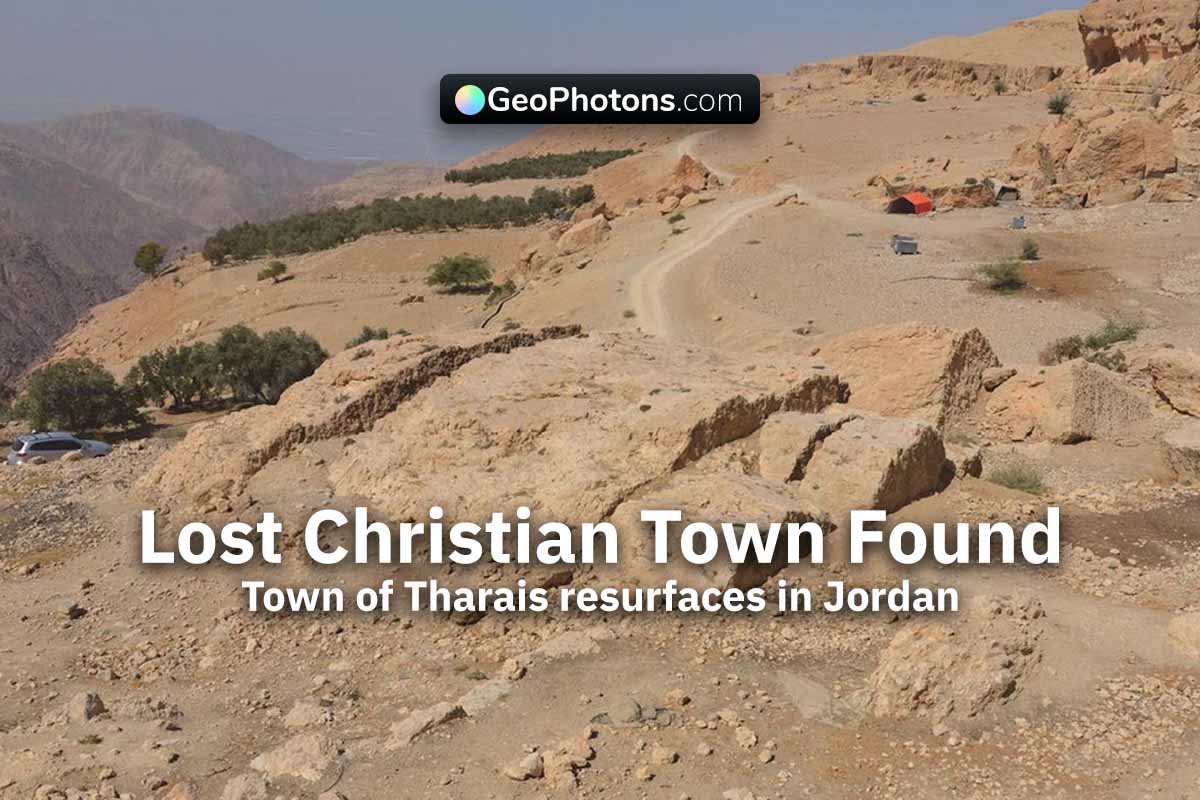


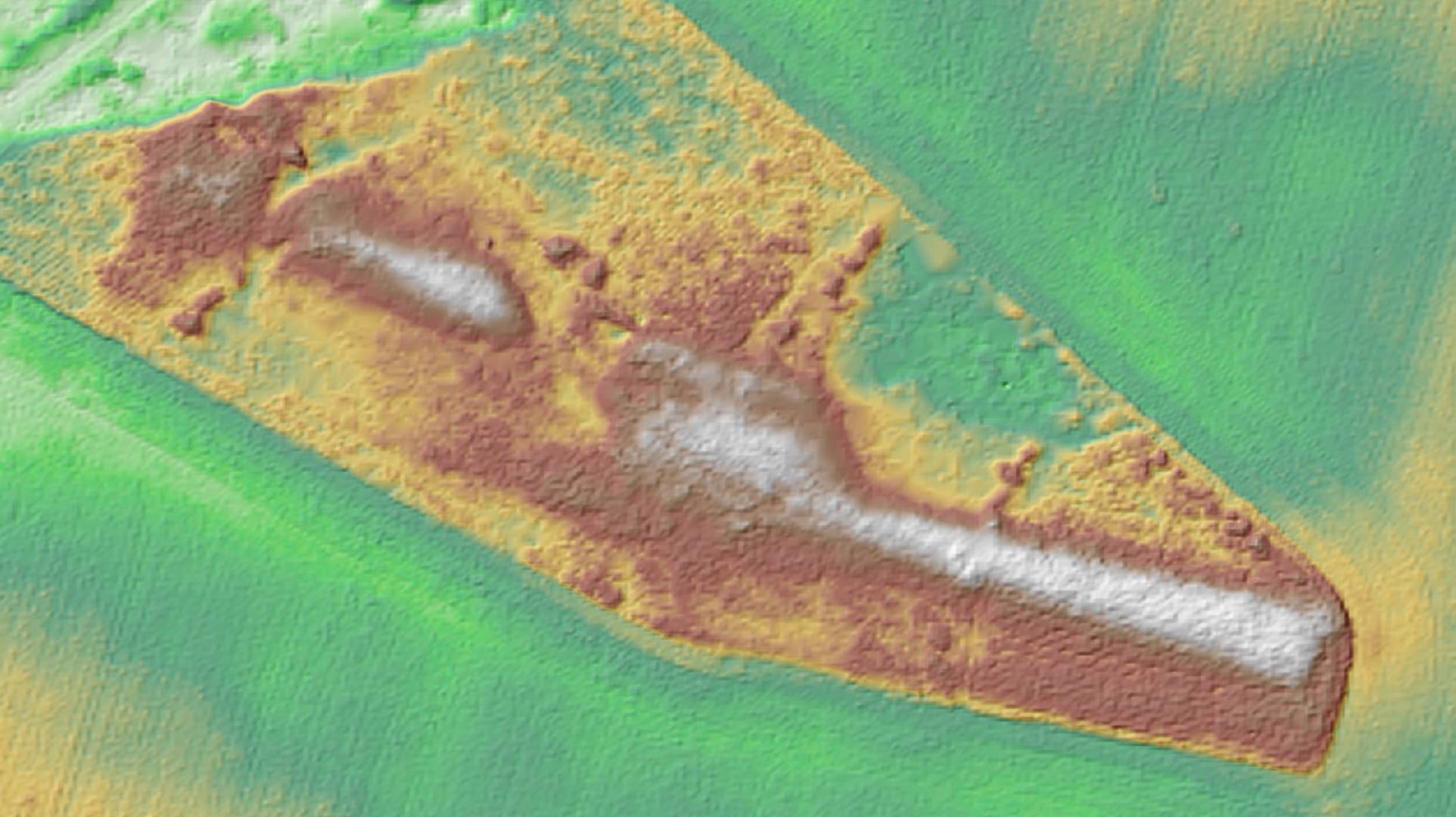
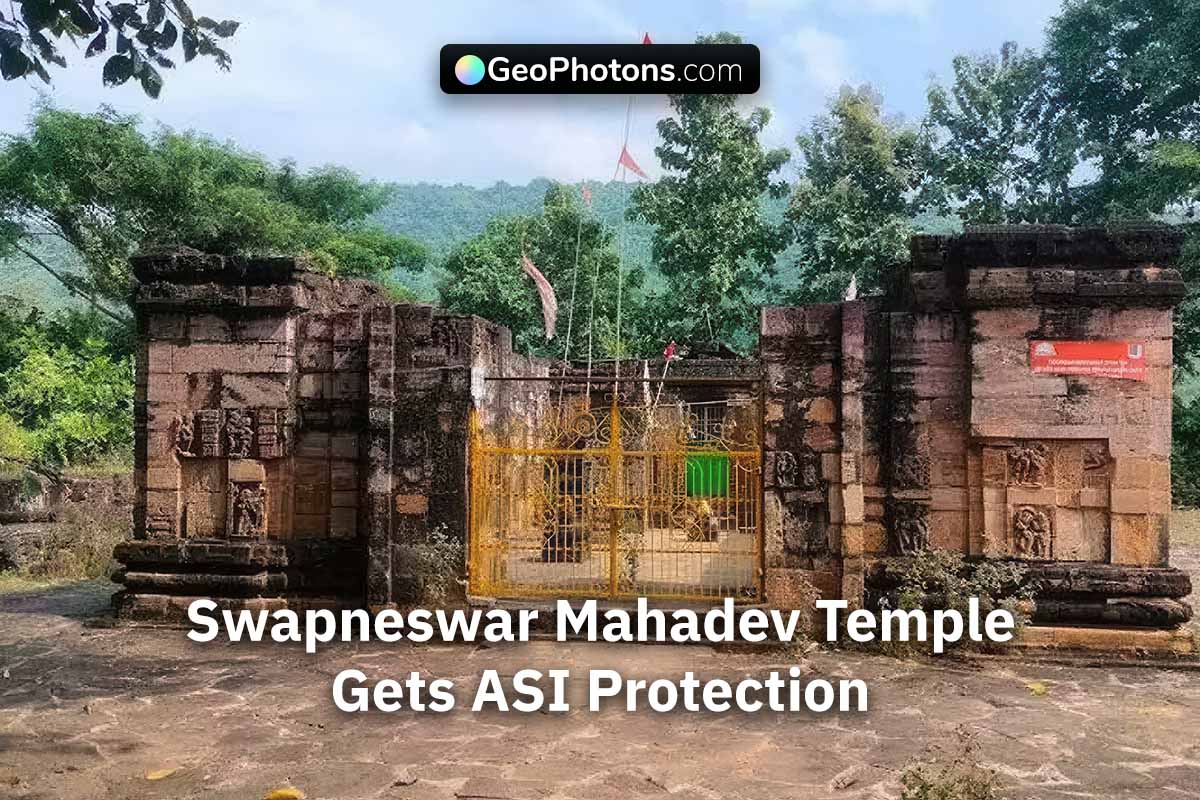

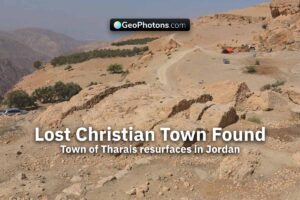



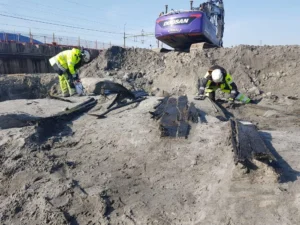
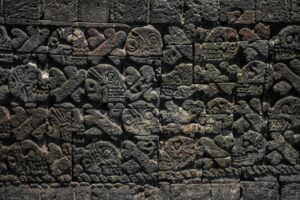


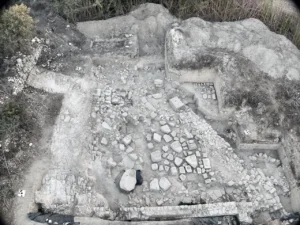
Post Comment